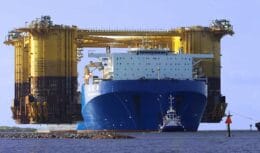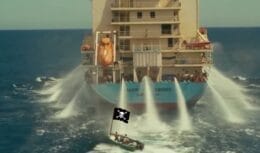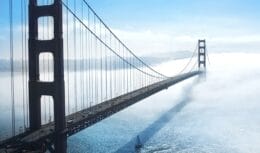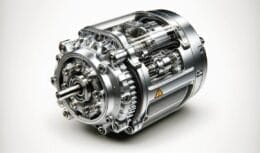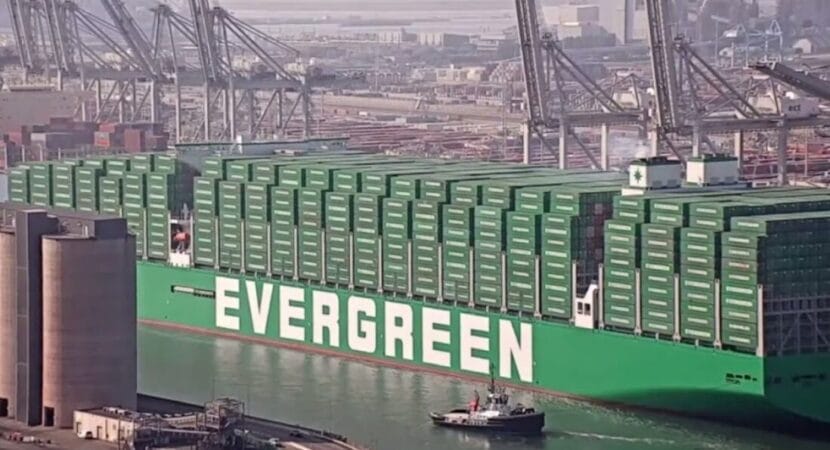
Technical and economic barriers that limit the growth of container ships, highlighting the interaction between naval engineering capacity and constraints on port infrastructure, maneuverability and economic viability.
In the race to build the largest container ships, the world is witnessing a surprising technical and logistical halt. Despite advances in naval engineering, ships like the 399 meter long Ever Ace, appear to have reached the threshold of gigantism maritime. But what really stops the evolution of these colossi of the seas?
The limitations are diverse and complex. Firstly, global port infrastructure presents itself as one of the main obstacles. Ports and canals, such as Suez and Panama, have size restrictions that cannot accommodate larger vessels without costly and extensive renovations. Furthermore, the need for taller cranes and extremely careful maneuvering to avoid groundings adds more layers to the problem.
Ship construction
Naval engineering has advanced significantly, allowing the construction of ships that defy the limits of physics, with capacities that already exceed 21 thousand TEUs. However, the growth of these giants is slowed not only by engineering or physics, but by economic and operational requirements.
Economically, larger ships imply higher operating costs, mainly due to fuel consumption. These factors, combined with physical and navigation restrictions, such as vulnerability to adverse weather conditions, limit the feasibility of further increasing the size of these vessels.
Security is another crucial aspect
The phenomenon of parametric rolling, where ships rock dangerously in high waves, and the limited capacity for container mooring, pose significant risks to larger vessels.
While naval engineering has the capacity to create even larger ships, it is economic, logistical and safety factors that impose the current limits. Therefore, the future of giant ships will depend not only on technological innovations, but also on a global restructuring of maritime navigation infrastructure and practices.
About the Ever Ace Ship
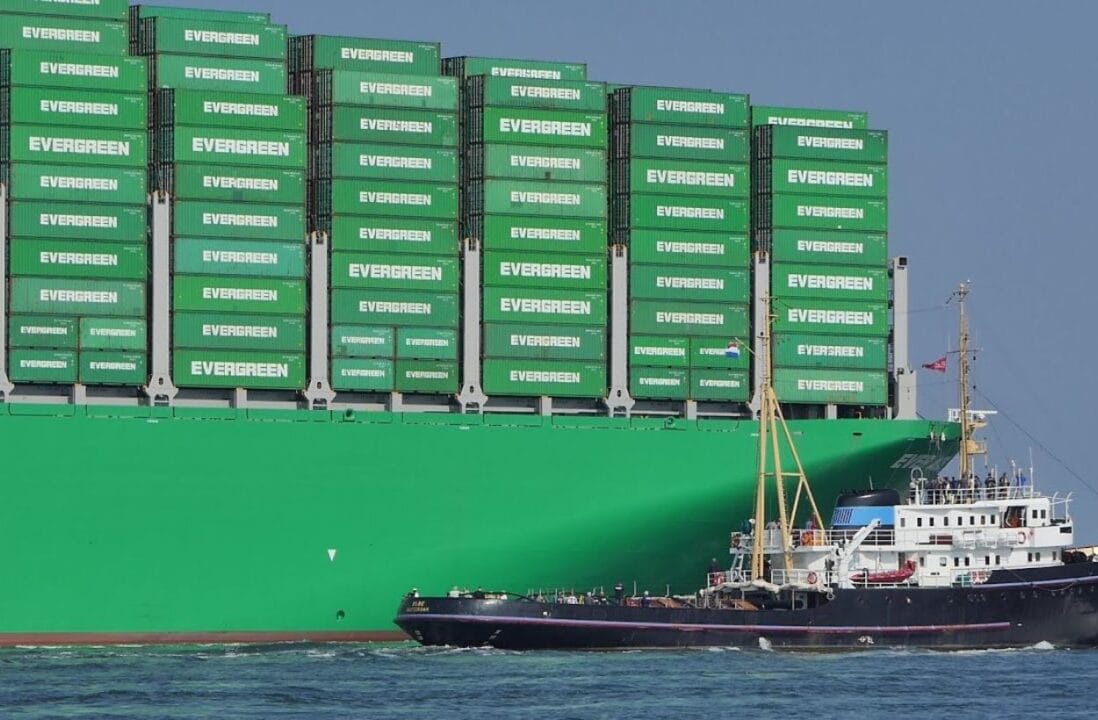
Ever Ace symbolizes a landmark in the maritime industry, built by the renowned Samsung Heavy Industries in South Korea. This ship, delivered in July 2021, was designed to meet the growing demand for efficiency and capacity in global shipping. With a capacity of almost 24 TEUs, it represents the cutting edge of naval engineering, specifically designed to maximize efficiency in transporting a wide range of goods.
Evergreen Marine, operator of the Ever Ace, ordered this vessel as part of a strategy to strengthen its presence on European routes, especially within the framework of the Ocean Alliance, which is a collaboration between some of the largest shipping companies in the world. This alliance plays a vital role in optimizing trade routes, especially those connecting Asia and Europe, regions that represent a significant axis of world trade.
Evergreen at the forefront of the maritime industry
Ever Ace and her sister ships are essential to increasing container shipping capacity, responding to increasing global trade volumes. The construction and operation of ships of this size are not only done to meet current demand, but also to anticipate future market needs, keeping Evergreen at the forefront of the global maritime industry.
Through the Ever Ace operation, Evergreen not only strengthens its logistics capacity, but also contributes to the development of world-class port infrastructure, such as the port of Qingdao. This reflects a larger trend within the maritime sector to constantly evolve to meet increasing demands for efficiency, capacity and sustainability in the global container shipping landscape.


